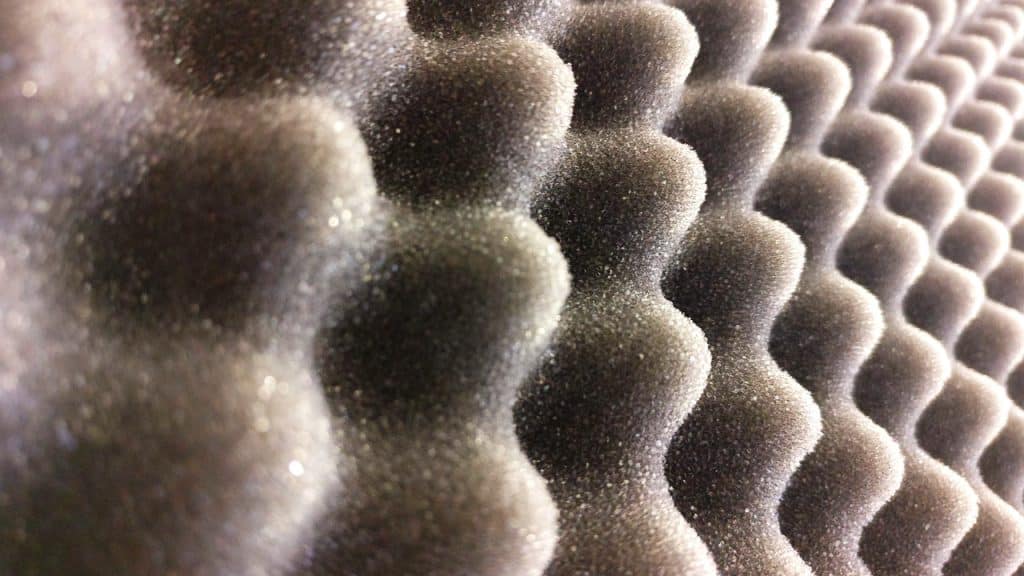Sound insulation testing is undertaken to comply with building regulations Part E to determine whether separating partitions within a new dwelling or conversion are constructed to provide adequate noise reduction. Walls and floors separating properties, such as walls in between flats or terrace homes are subject to review. In this blog, we will walk you through our tried and tested process to sound insulation testing.
Air Tightness Solutions is a UKAS certified sound insulation testing company that provides the highest level of quality and experience. We work closely with our clients to ensure the best possible opportunity to obtain the required sound insulation reduction criteria is achieved for separating partitions.
The regulations mandate buildings to meet minimum sound reduction levels for both airborne and impact sound. For rooms used for residential purposes, such as hotels, student residence halls and hostels, different criteria exist, but they are all subject to testing under Part E of the regulations.
Which Buildings Require Sound Insulation Tests
- Block(s) of flats
- Houses – terraced or semi-detached
- Hotels
- Hostels
- Houses of multiple occupancies
- Converting a building into residential dwellings
Sound insulation testing is not required for detached properties and some refurbishment projects. If you are not sure if you require a test, we are happy to inform you. Get in touch with us or read more about our services.
Airborne & Impact Testing
There are two main types of sound insulation testing, airborne and impact.
Airborne measurements can determine the amount of sound emitted through the air, such as voice transmission, TV or radio, pets barking or singing in a residential setting. The single number quantity of this type of noise reduction by way of absorption by a wall or floor partition is determined by undertaking an airborne sound insulation test.
Impact sound testing assesses the level of structure-borne sounds reduction through a partition, usually referring to footsteps in a residential setting. The floor build-up will affect how much of this sound impact is absorbed by the separating floor. This form of test uses an impact source that is adjusted within a source room is to provide a calculated degree of impact.
We are glad to give you our expert advice on the best way to design your floor partition as we have reviewed and tested a variety of partition designs and therefore well suited to advise on specifics to ensure compliance with the building regulation.
Please feel free to get in touch for free advice relating to sound insulation testing on your development.





